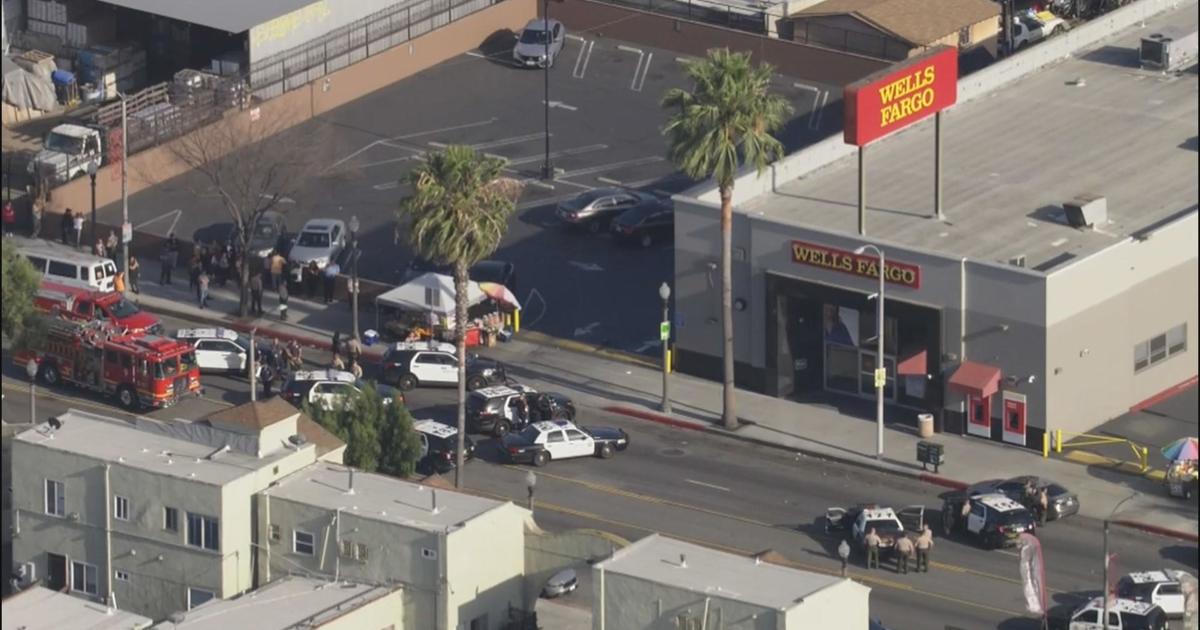Researcher Compares Garbage Patch In Pacific Ocean To Floating 'Landfill'
LONG BEACH (CBSLA.com) — A massive patch of garbage floating in the ocean between California and Hawaii continues to grow and have an adverse impact on the ecosystem, researchers announced Friday.
KNX 1070's Bob Brill reports Capt. Charles Moore and his research team are returning to their home base in Long Beach after nearly two months at sea studying the "Great Pacific Garbage Patch".
Researchers Compare Garbage Patch In Pacific Ocean To Floating 'Landfill'
Moore was part of a crew of scientists assembled by the Algalita Marine Research Institute who lived for 30 days in July amid the debris to evaluate long-term trends and changes in the Gyre by merging data collected over the past 15 years with new 2014 data.
But after spending nearly two months at sea studying to display samples of plastic pollution and to transfer fish samples to area research labs for testing to determine the extent of toxic infiltration into the ecosystem, Moore said the garbage patch appears to be getting worse.
Moore, who has studied the debris patch known as the Pacific Gyre for over 15 years, said the amount of pollution in the North Pacific Ocean has grown exponentially from plastic and trash washed into the sea by tsunamis, storms and other disasters.
"My mind is blown," said Moore. "It's like an landfill got inundated with water and all the stuff in the landfill started floating."
As many as hundreds of miles of concentrated floating plastic in the North Pacific is visible to the naked eye, according to Moore.
The vast majority of the garbage usually hits well north and south of Southern California because of natural barriers such as wind and currents, but plastics could alter endocrine systems that are vital to the health of both fish and humans, said Moore.
"Enlarged and discolored livers in the fish, we're looking at hormone disruption, the kind of things that we see in fish that are impacted by plastics in rivers," Moore said. "We already know that many fish that are male have been feminized living downstream from places where there are chemical pollutants."
Scientists say the primary risk with synthetic plastic debris is it can be easily confused with natural food due to its small sizes and lower-than-seawater density.
Moore and his crew are scheduled to dock at Alamitos Bay Landing in Long Beach around 4 p.m., according to officials.



